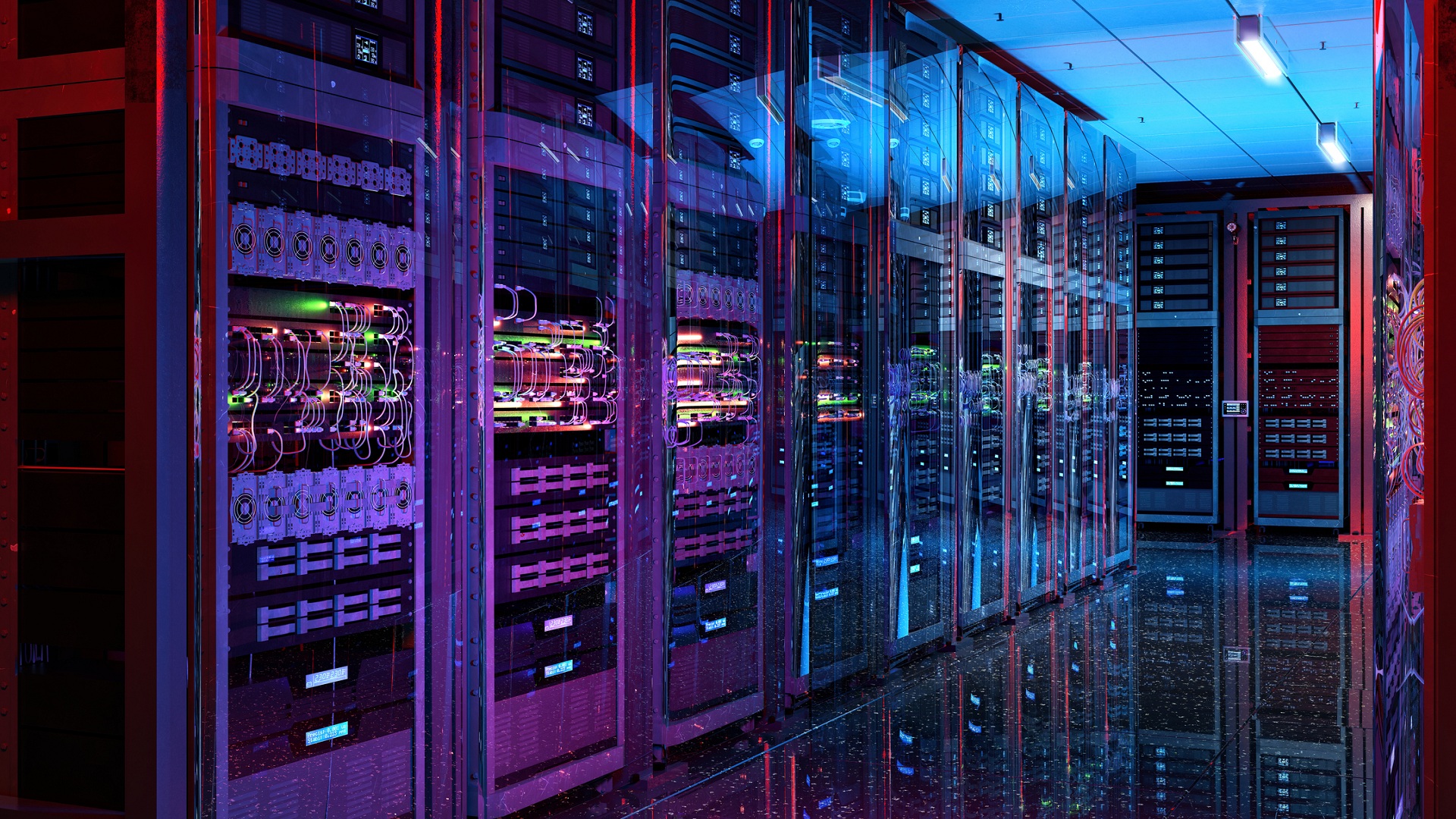
Amazon, Microsoft, and Google’s efforts to establish data centers in some of the planet’s most arid regions could exacerbate an impending water shortage.
A probe conducted by SourceMaterial and The Guardian discovered that major technology companies are utilizing enormous quantities of water for their data centers—typically located in regions with limited water availability—and are quickly expanding into these fragile zones.
With backing from politicians such as U.S. President Donald Trump, these major technology companies are moving forward with their initiatives to construct numerous data centers spanning North and South America, Europe, Asia, Africa, and Australia.
Data centers—which are utilized for storing, processing, and training artificial intelligence models—consume significant amounts of water primarily for cooling purposes. These facilities are typically constructed away from coastal areas to prevent metal corrosion caused by moisture and saltwater, and as such, their exact positions are frequently kept confidential.
SourceMaterial The analysis pinpointed 38 operational data centers in areas with limited water resources and an additional 24 currently being developed by these major technology companies. By utilizing publicly available information, the study outlined 632 facilities globally—either functioning or in development—which suggests a projected growth of around 78%, largely due to increasing demands for cloud services and artificial intelligence technologies.
Although water usage is not as much of an issue in more humid locations, Microsoft disclosed that 42% of its water was consumed in water-scarce regions during 2023, whereas Google stated it was at 15%. Amazon did not provide any specific figures for comparison. Nonetheless, each company continues to expand operations into several of Earth's most arid zones.
The clash between clouds and water crisis: The tale of Spain
In Spain’s Aragon region, Amazon is building three new data centers approved to use approximately 755,720 cubic meters of water each year—which could otherwise be used to irrigate around 233 hectares (576 acres) of corn, a key crop in the area.
Specialists believe that when the water utilized for generating the electricity powering these facilities is considered, the overall usage could be significantly greater, potentially exceeding the total energy consumption of the whole area, according to certain predictions.
“They’re using too much water. They’re using too much energy,” said Aurora Gómez of the campaign group Tu Nube Seca Mi Río – Spanish for “Your cloud is drying my river” – which has called for a moratorium on new data centers in Spain due to water scarcity.
Will it be a water offset or a major upset?
Big tech has set ambitious goals to become “water positive.” Amazon claims it can meet the target by 2030.
The firm claims to be compensating for 41% of its water consumption in regions it identifies as environmentally stressed. However, the actual situation is quite different.
I brought up the matter in all the appropriate areas, stating that this was unethical," said Nathan Wangusi, a previous water sustainability manager at Amazon. "I strongly opposed that principle due to my background in pure sustainability.
Both Microsoft and Google have committed to becoming "water positive" by the year 2030 via water offset initiatives, along with exploring methods to enhance their water usage efficiency.
In March, Amazon unveiled AI tools aimed at assisting Aragon farmers in conserving water. The firm stated that this initiative doesn’t compensate for emissions elsewhere but aims to benefit the nearby communities directly.
We recognize that water is a vital resource, and we're dedicated to contributing to address this issue," stated Harry Stait, who represents Amazon. "It's crucial to acknowledge that numerous our facilities don’t necessitate continuous water usage for cooling purposes.
Artificial Intelligence Is Sipping the Desert Dry
Although Amazon still holds the title of being the biggest data center proprietor globally, both Google and Microsoft are rapidly narrowing the distance between them.
In the United States—which leads in the total count of data centers—Google is notably active in arid regions. The report indicates that Google currently operates seven centers in zones experiencing water stress and has an additional six facilities under development.
Meta It isn't far behind. The firm has launched a $1 billion data center in Mesa, Arizona, despite operating two more facilities in nearby Maricopa County.
Even though the area is experiencing "severe drought," two Google data centers are being established in Mesa.
According to the report, the initial Google data center has permission to utilize 5.5 million cubic meters of water each year, which is comparable to the annual usage of around 23,000 people living in Arizona.
Nevertheless, the firm stated that it will not utilize the entire quantity of water specified in its Mesa permit since it is transitioning to an air cooling system.
"Cooling systems represent a hyper-local choice — guided by our data-driven approach known as 'climate-aware cooling,' which ensures an optimal balance between accessible carbon-free energy sources and sustainably obtained water resources to reduce environmental impact now and moving forward," stated Google spokesperson Chris Mussett.
In January, Trump introduced "Project Stargate," describing it as "the biggest AI infrastructure initiative ever."
The $500 billion partnership—which includes support from OpenAI, Oracle, Japan’s SoftBank, and the UAE-based MGX—plans to finance data centers throughout the U.S., beginning with locations in Texas.
Recently, Bloomberg mentioned that Microsoft is reducing certain aspects of their international data center initiatives. Additionally, the company has presented designs for a "waterless" solution. data center While Google claims it will implement air cooling to reduce water consumption, specifics about their method are still not clear.
